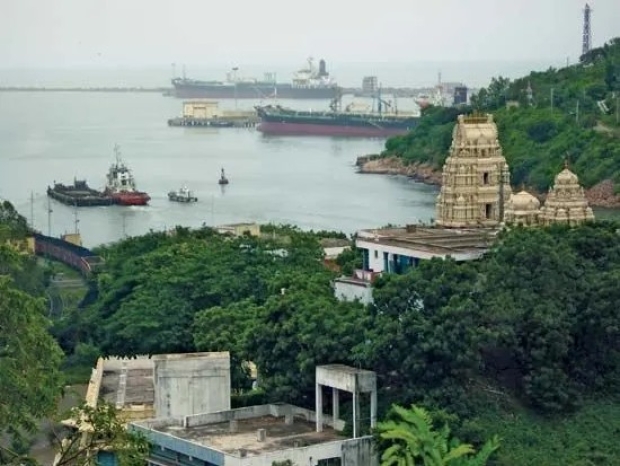The southern port choice is unusual but the cunning plan involves plugging into subsea cables that link up to 15 countries including Australia, Singapore and Malaysia.
The project promises more than 6,000 direct jobs and joins other US tech giants splashing cash on Indian racks. Amazon is spending $6.8bn and Microsoft $3bn to bulk up their local data estates.
Andhra Pradesh gets a political win as it chases 6GW of capacity within four years, after Maharashtra, Tamil Nadu and Telangana hoovered up most of the early action with power duty breaks and friendly land deals.
The state leaned in to smooth red tape for Google, especially around keeping Indian laws off data processed offshore. The search titan eyed India’s taste for retrospective tax with considerable suspicion. Corporates and officials are now betting the farm on server farms, India churns out about 20 per cent of global data while holding only three per cent of the world’s data centre capacity.
Tata Consultancy Services chief executive K Krithivasan said the company will spend $6.5bn over six years to build 1GW of capacity. The money is flowing, the kit is coming, the power bills will be eye-watering.
What is missing is a serious national plan to stop these barns from chewing through electricity and water like there is no tomorrow. Even with a pivot to renewables, they lean heavily on already creaky grids.
Water issues are worse. Data centres consume more than they replace, even with air-cooled chillers meant to keep the tin from overheating. Andhra Pradesh faces drought risk already, and a gigawatt-scale site will not improve the odds.

